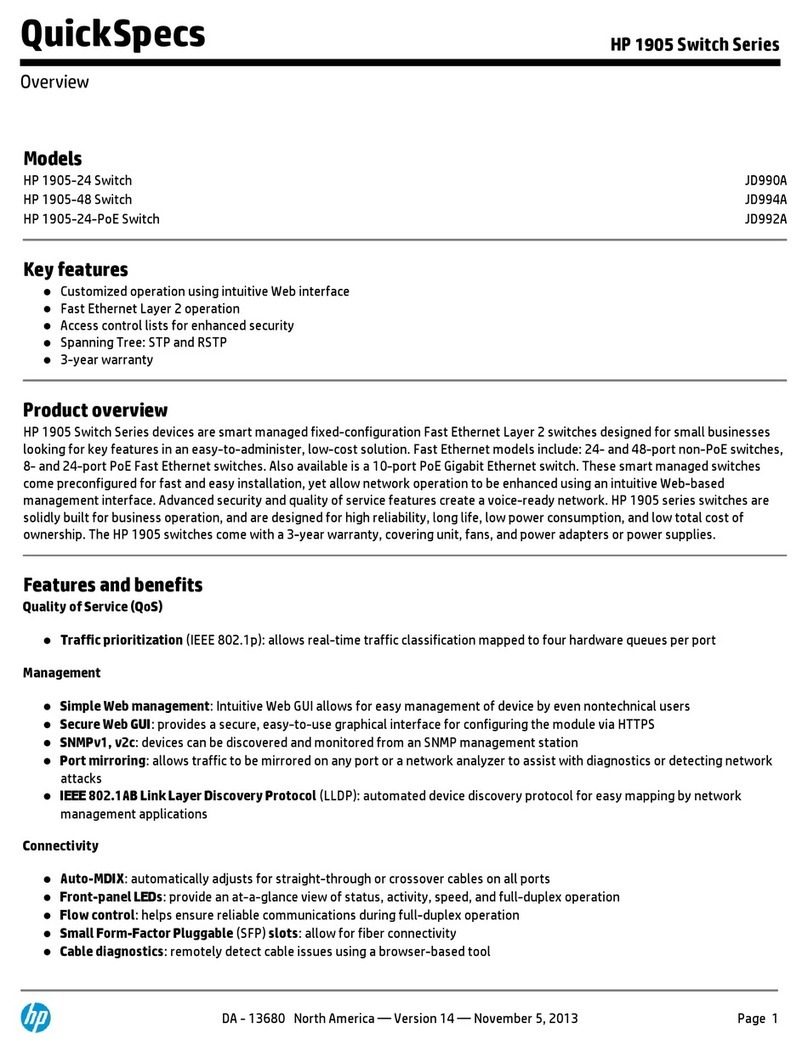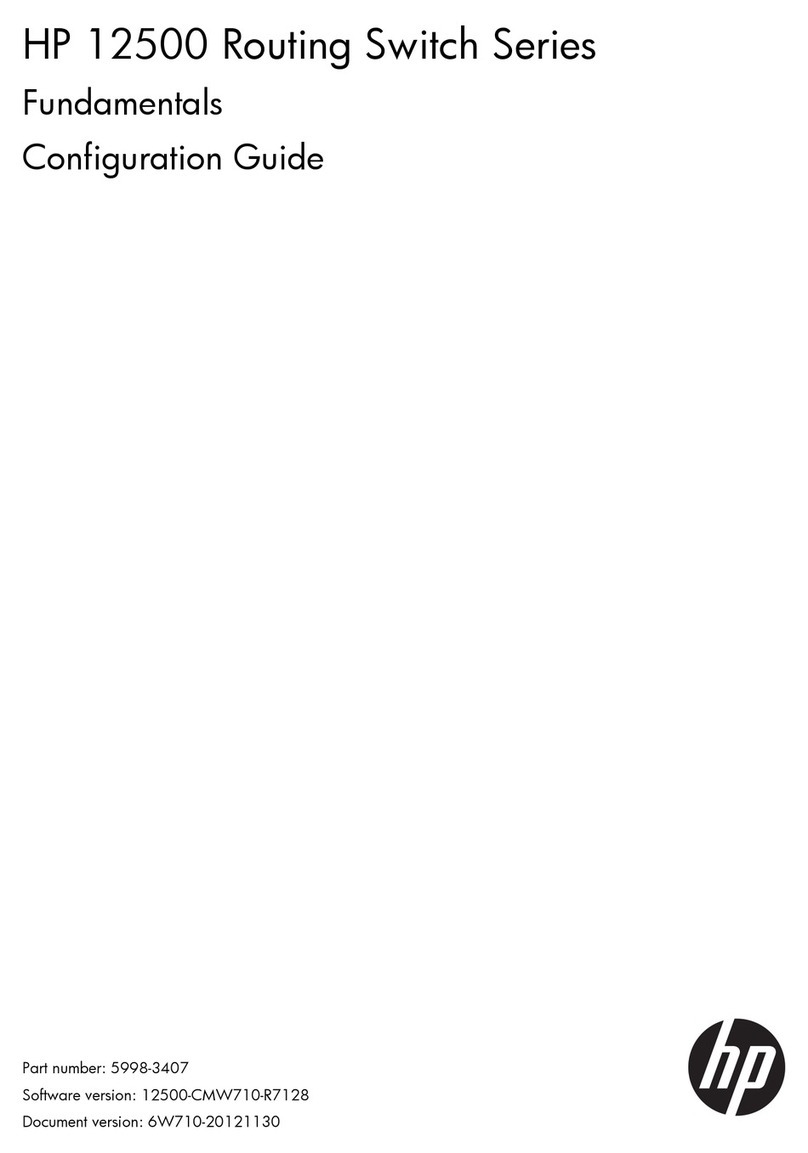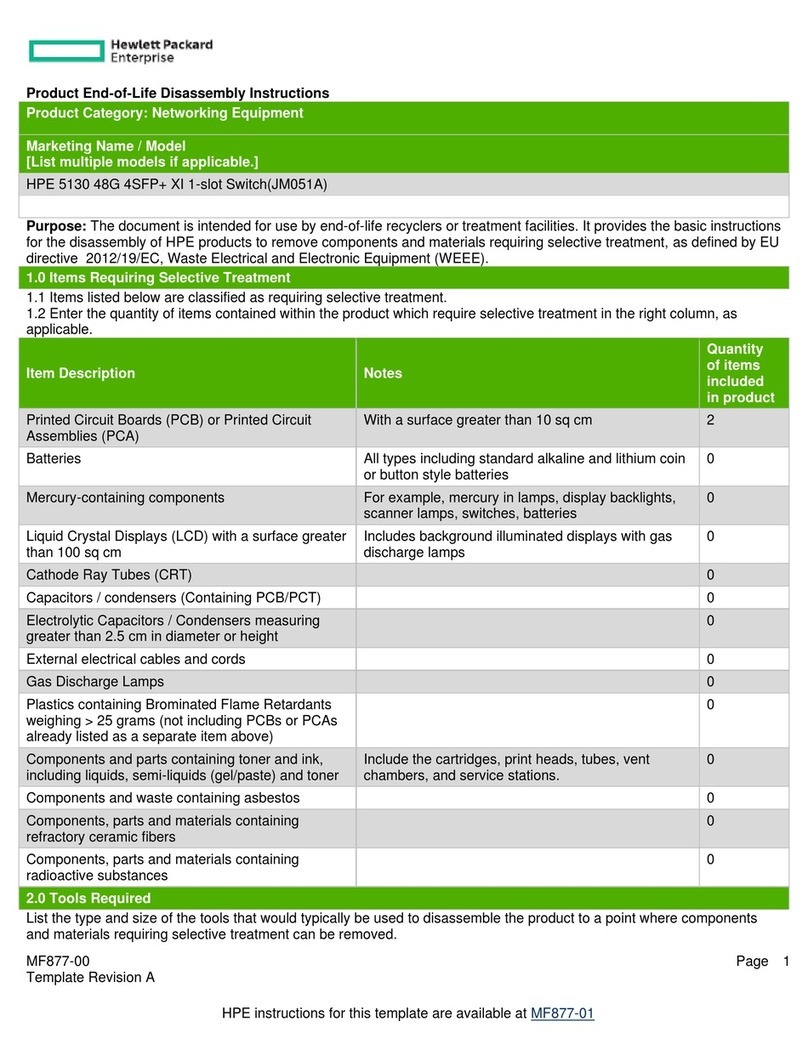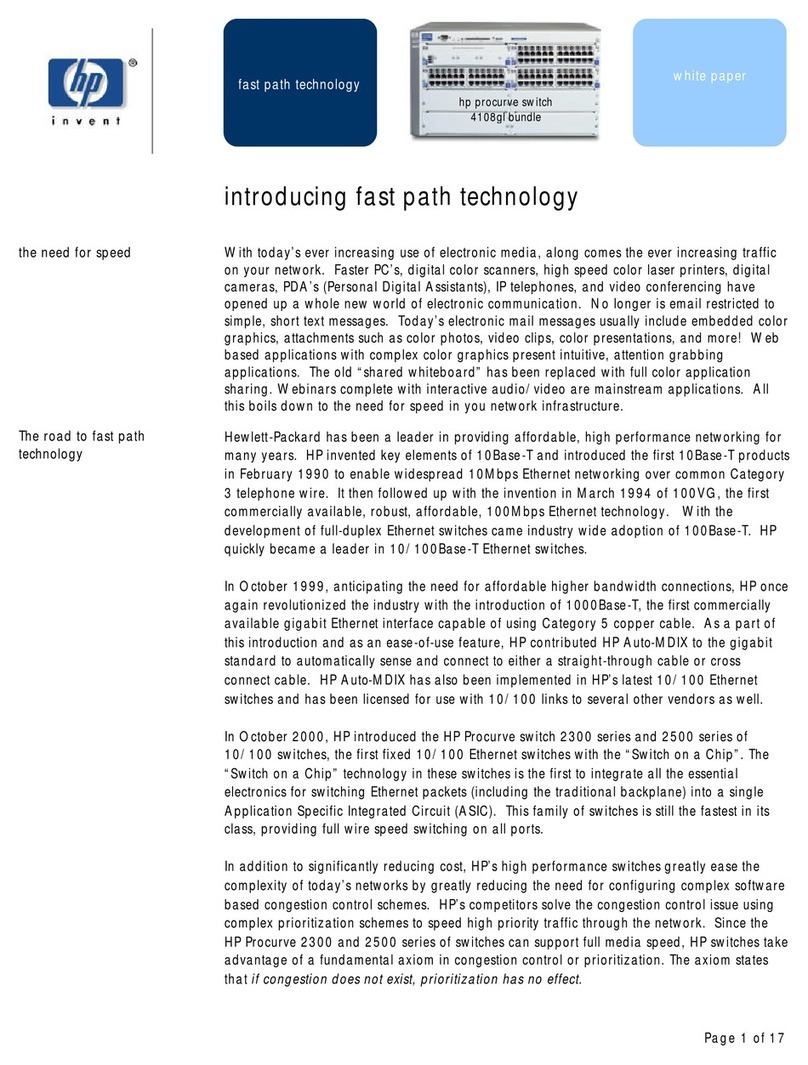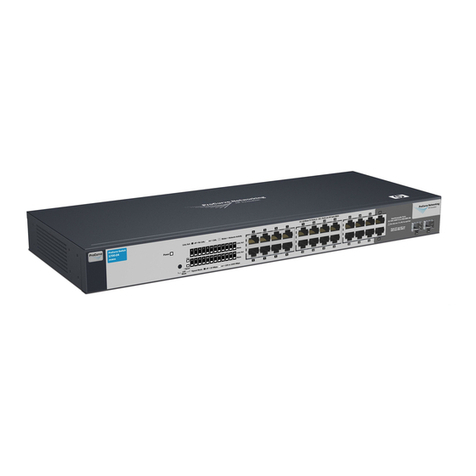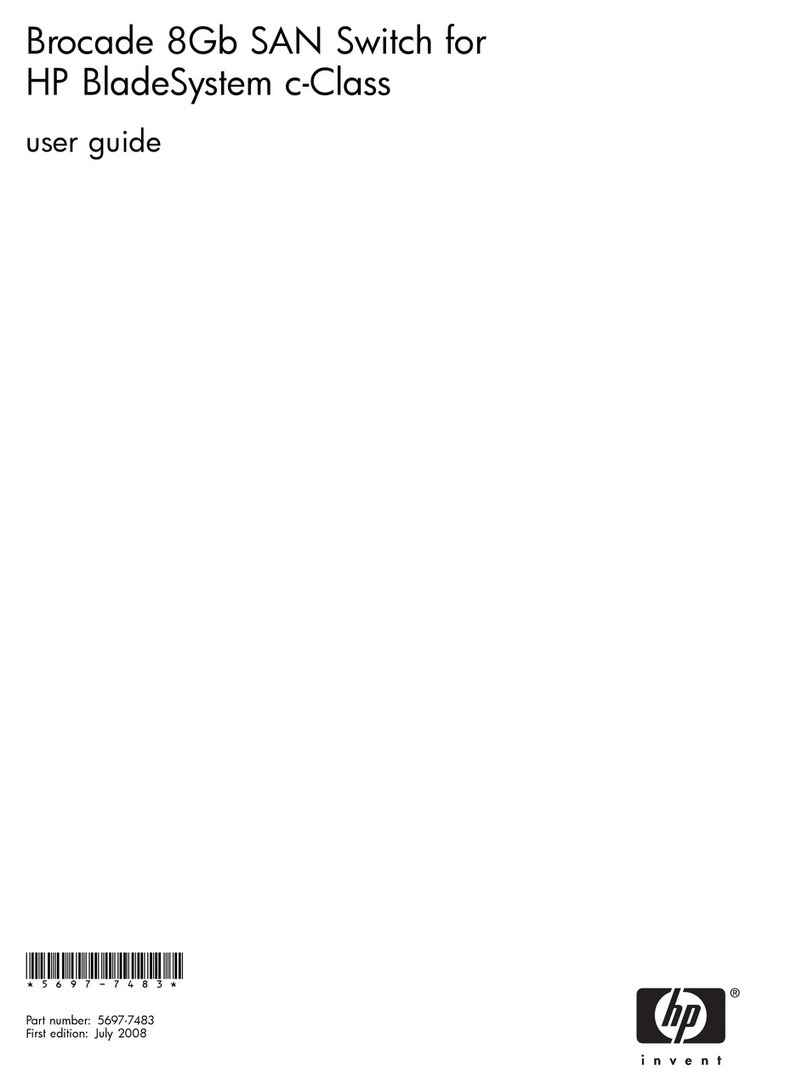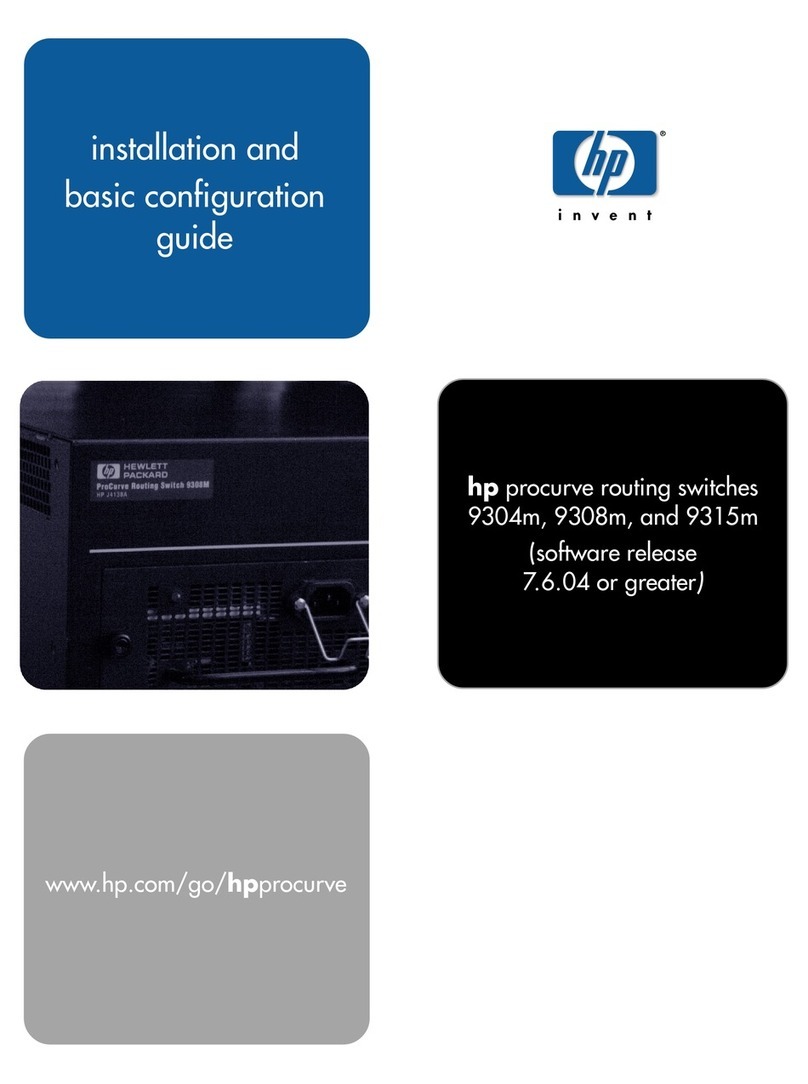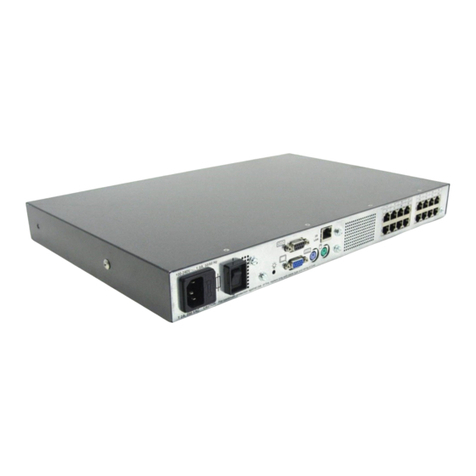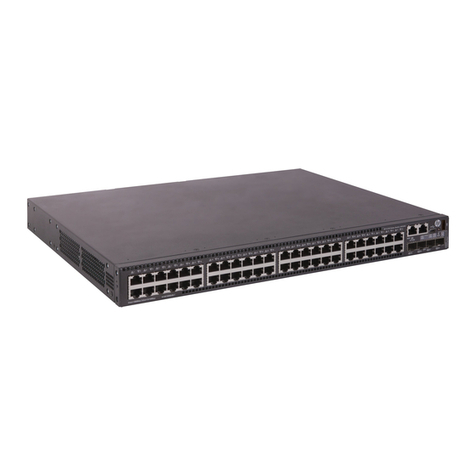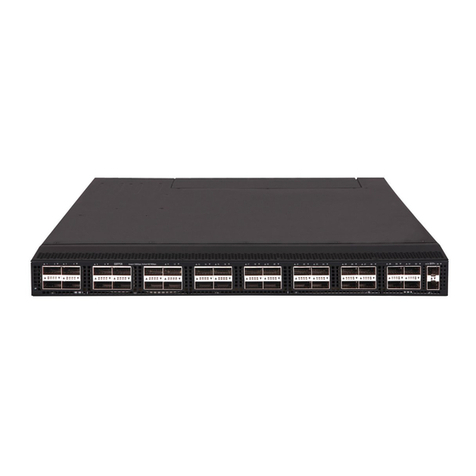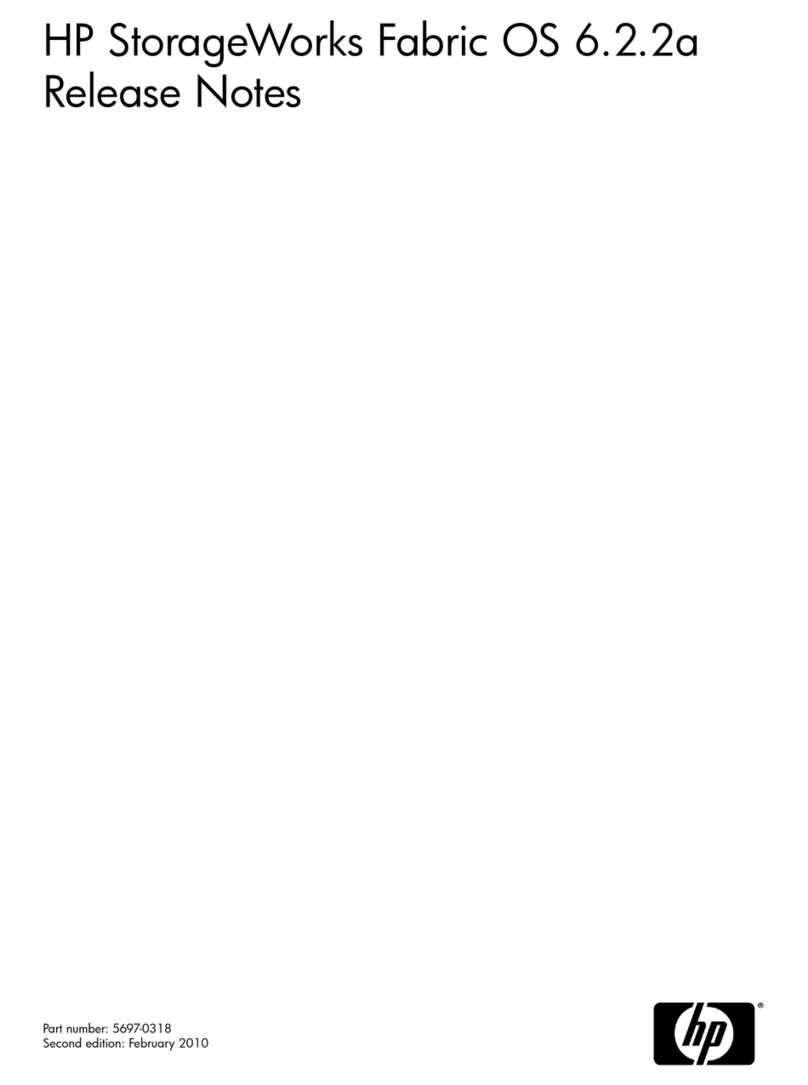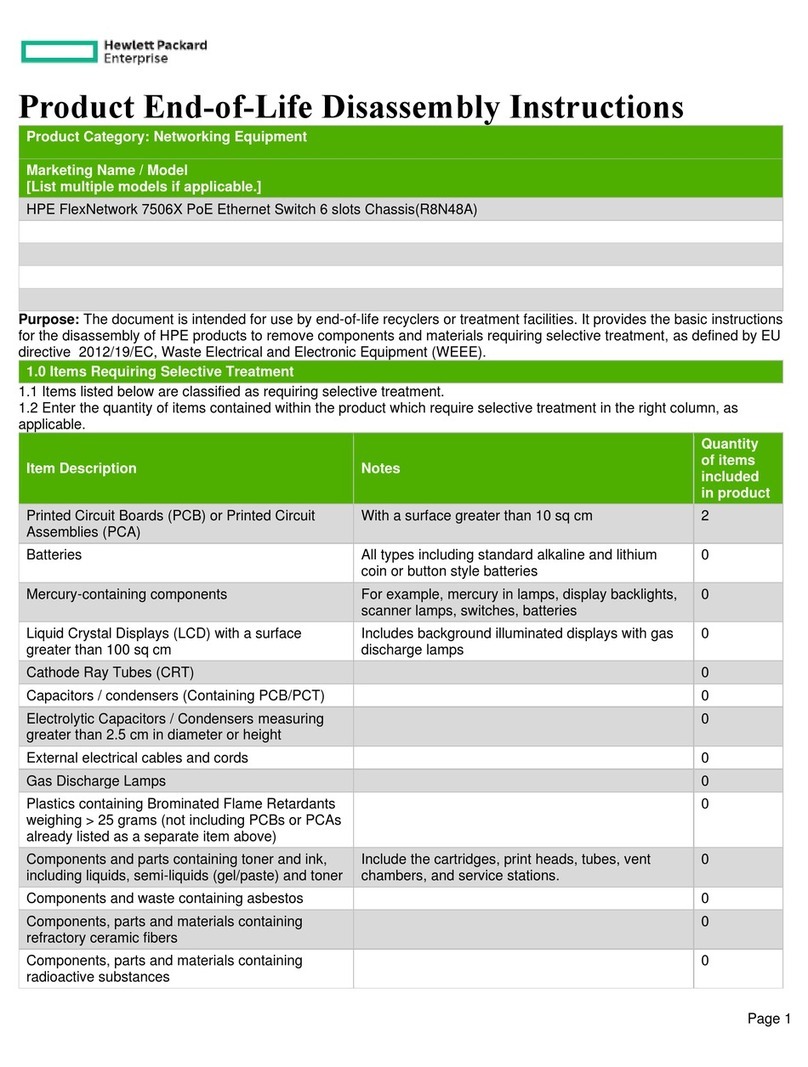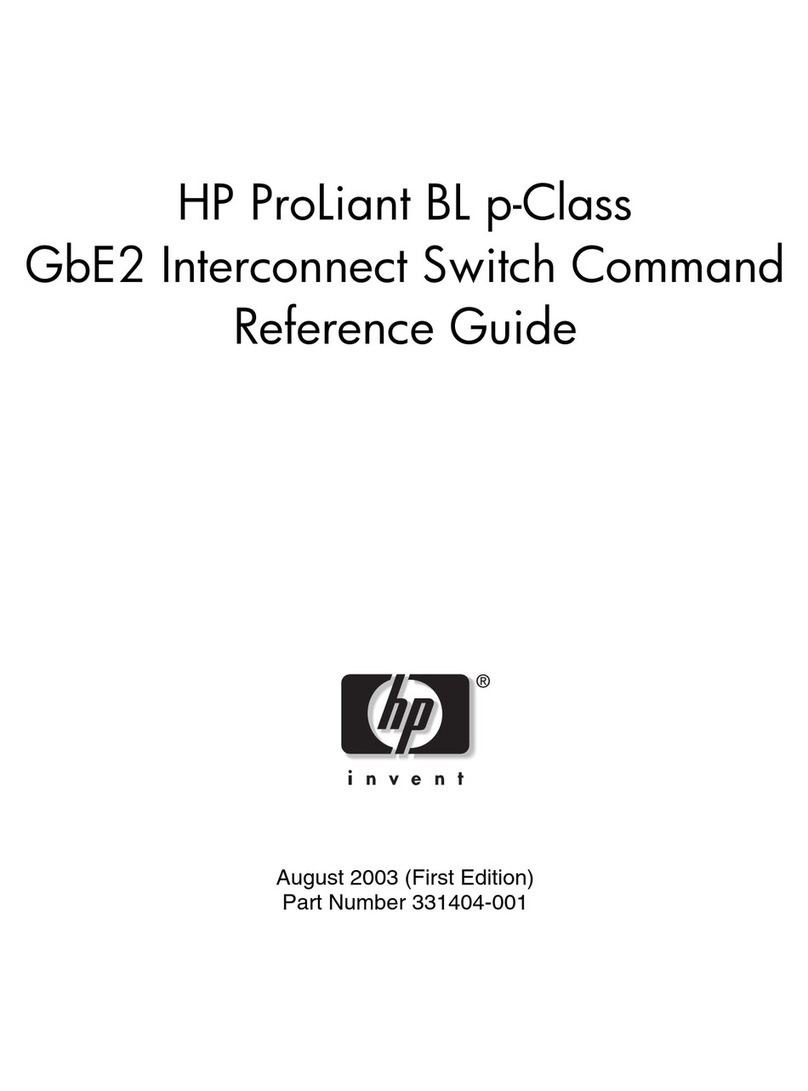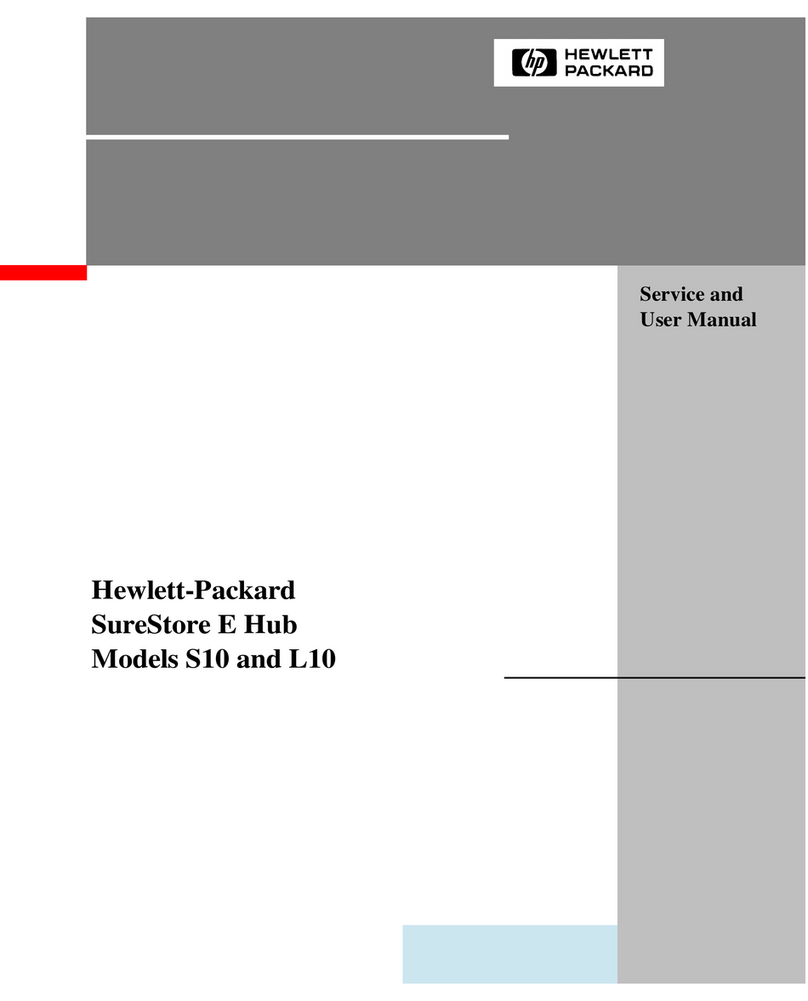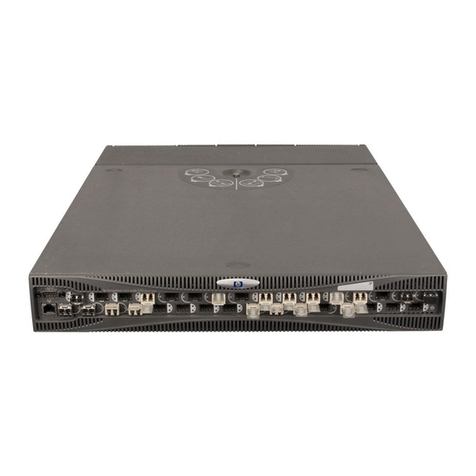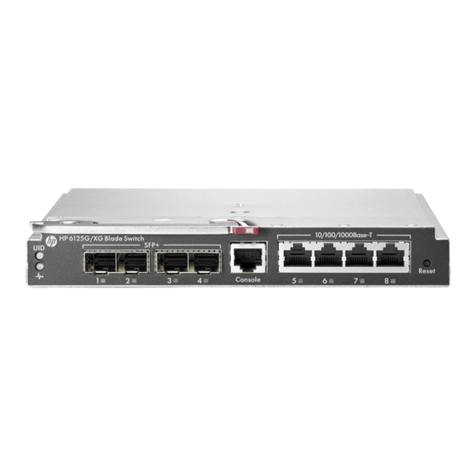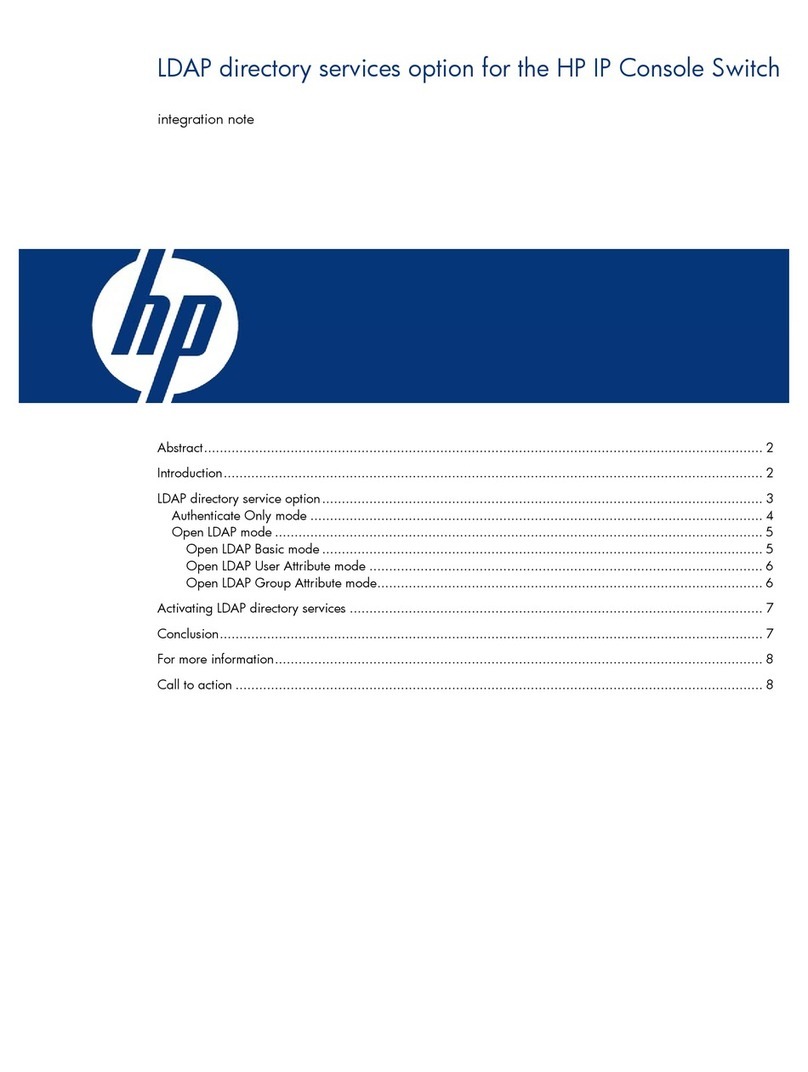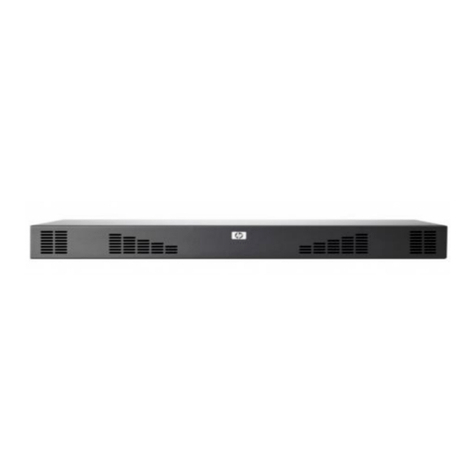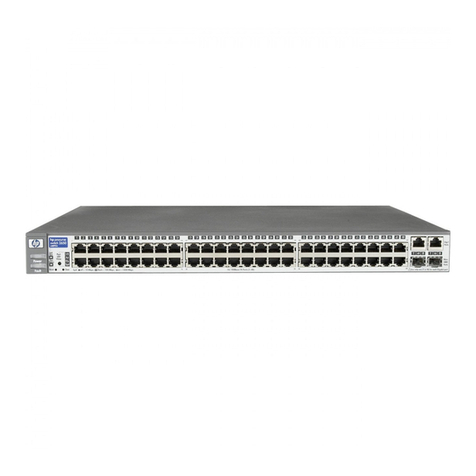
ii
802.1X authentication procedures ······························································································································ 68
A comparison of EAP relay and EAP termination······························································································ 68
EAP relay································································································································································ 69
EAP termination ····················································································································································· 70
Configuring 802.1X ··················································································································································72
HP implementation of 802.1X ······································································································································ 72
Access control methods ········································································································································ 72
Using 802.1X authentication with other features ······························································································ 72
Configuration prerequisites··········································································································································· 77
802.1X configuration task list······································································································································· 78
Enabling 802.1X···························································································································································· 78
Configuration guidelines ······································································································································ 78
Configuration procedure ······································································································································ 79
Enabling EAP relay or EAP termination ······················································································································· 79
Setting the port authorization state ······························································································································ 80
Specifying an access control method ·························································································································· 80
Setting the maximum number of concurrent 802.1X users on a port······································································· 81
Setting the maximum number of authentication request attempts ············································································· 81
Setting the 802.1X authentication timeout timers······································································································· 82
Configuring the online user handshake function ········································································································ 82
Configuration guidelines ······································································································································ 82
Configuration procedure ······································································································································ 83
Configuring the authentication trigger function ·········································································································· 83
Configuration guidelines ······································································································································ 83
Configuration procedure ······································································································································ 84
Specifying a mandatory authentication domain on a port························································································ 84
Configuring the quiet timer ··········································································································································· 84
Enabling the periodic online user re-authentication function····················································································· 85
Configuration guidelines ······································································································································ 85
Configuration procedure ······································································································································ 85
Configuring a port to send EAPOL frames untagged································································································· 86
Setting the maximum number of 802.1X authentication attempts for MAC authentication users························· 86
Configuring a VLAN group··········································································································································· 86
Configuring an 802.1X guest VLAN ··························································································································· 87
Configuration guidelines ······································································································································ 87
Configuration prerequisites ·································································································································· 88
Configuration procedure ······································································································································ 88
Configuring an 802.1X Auth-Fail VLAN······················································································································ 88
Configuration guidelines ······································································································································ 88
Configuration prerequisites ·································································································································· 89
Configuration procedure ······································································································································ 89
Configuring an 802.1X critical VLAN ························································································································· 89
Configuration guidelines ······································································································································ 89
Configuration prerequisites ·································································································································· 90
Configuration procedure ······································································································································ 90
Specifying supported domain name delimiters··········································································································· 90
Displaying and maintaining 802.1X ··························································································································· 91
802.1X authentication configuration example ··········································································································· 91
Network requirements··········································································································································· 91
Configuration procedure ······································································································································ 92
Verifying the configuration··································································································································· 93
802.1X with guest VLAN and VLAN assignment configuration example ······························································· 94
Network requirements··········································································································································· 94
Configuration procedure ······································································································································ 95

